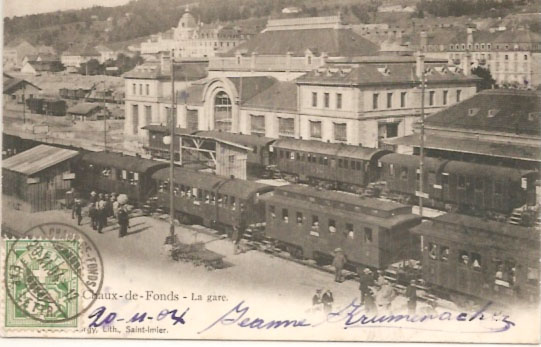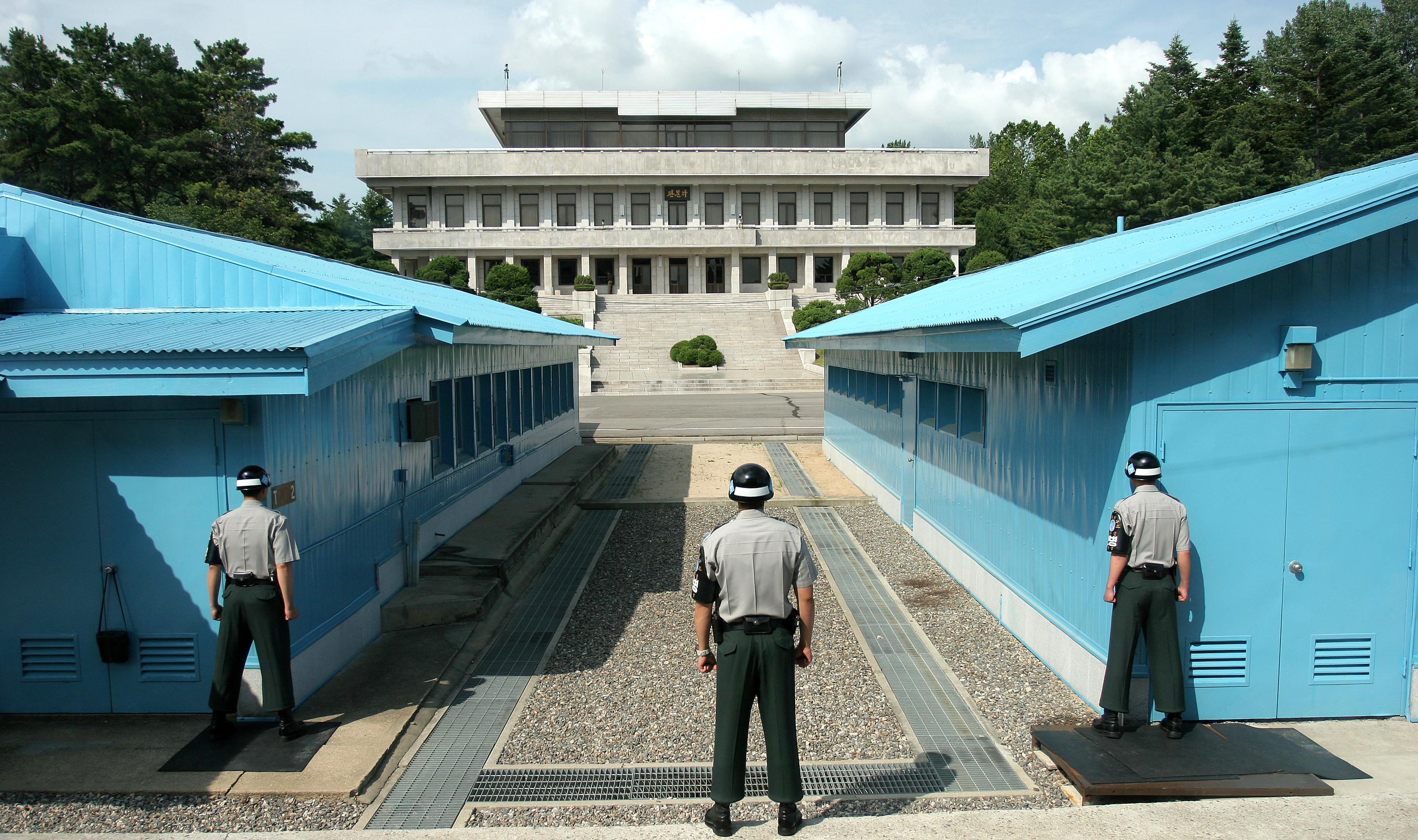|
Besançon–Le Locle Railway Line
The Besançon–Le Locle railway line is a standard gauge railway line in the region of Bourgogne-Franche-Comté in France. A small section of the line extends into the canton of Neuchâtel in Switzerland. It runs from a junction with the Neuchâtel–Le Locle-Col-des-Roches line at west to , where it meets two other lines. SNCF The Société nationale des chemins de fer français (, , SNCF ) is France's national State-owned enterprise, state-owned railway company. Founded in 1938, it operates the Rail transport in France, country's national rail traffic along with th ... owns and operates the line. Operation TER Bourgogne-Franche-Comté operates passenger services over the line. The majority of trains operate between and ; some continue east from Le Valdahon to in Switzerland. Swiss trains do not operate west of . References External links * 2022 timetable Cross-border railway lines in France Cross-border railway lines in Switzerland Railway lines in Switz ... [...More Info...] [...Related Items...] OR: [Wikipedia] [Google] [Baidu] |
Doubs (river)
The Doubs ( ; ; ; ) is a river in far eastern France which strays into western Switzerland. It is a bank (geography), left-bank tributary of the Saône. It rises near Mouthe in the western Jura mountains, at and its mouth is at Verdun-sur-le-Doubs, a village and commune in Saône-et-Loire at about above sea level. It is the tenth-longest river in France. The most populous settlement of the basin lies on its banks, Besançon. Its course includes a small waterfall and a narrow lake. Course From its source in Mouthe it flows northeast: a few kilometers north of the French-Swiss border, then to form the border for less distance, about 40 km. North of the Swiss town of Saint-Ursanne it turns west then southwest. South-east of Montbéliard it adopts a southwest striation or fault of the Jura Mountains, flowing so over greater distance than the flow it has traced before. It then flows into the Saône at Verdun-sur-le-Doubs about northeast of Chalon-sur-Saône. The shape of ... [...More Info...] [...Related Items...] OR: [Wikipedia] [Google] [Baidu] |
Citadel Of Besançon
The Citadel of Besançon (, ) is a 17th-century fortress in Franche-Comté, France. It is one of the finest masterpieces of military architecture designed by Sébastien Le Prestre de Vauban. The Citadel occupies on Mount Saint-Etienne, one of the seven hills that protect Besançon, the capital of Franche-Comté. Mount Saint-Etienne occupies the neck of an oxbow formed by the river Doubs, giving the site a strategic importance that Julius Caesar recognised as early as 58 BC. The Citadel overlooks the old quarter of the city, which is located within the oxbow, and has views of the city and its surroundings. The fortification is well preserved. Today it is an important tourist site (over a quarter of a million visitors per year) due both to its own characteristics and because it is the site of several museums. These museums include a museum of the Resistance and deportation, a museum focusing on traditional life in Franche-Comté and the region's archeological history, and a museum ... [...More Info...] [...Related Items...] OR: [Wikipedia] [Google] [Baidu] |
TER Bourgogne-Franche-Comté
TER Bourgogne-Franche-Comté is the regional rail network serving the region of Bourgogne-Franche-Comté in eastern France. It is operated by the French national railway company SNCF. It was formed in 2017 from the previous TER networks TER Bourgogne and TER Franche-Comté, after the respective regions were merged. Network The rail and bus network as of April 2022:Réseau ferroviaire et routier TER Bourgogne-Franche-Comté TER Bourgogne-Franche-Comté, accessed 25 April 2022. Rail Bus * – |
SNCF
The Société nationale des chemins de fer français (, , SNCF ) is France's national State-owned enterprise, state-owned railway company. Founded in 1938, it operates the Rail transport in France, country's national rail traffic along with that of Monaco, including the TGV, on France's high-speed rail network. Its functions include operation of railway services for passengers and freight (through its subsidiaries SNCF Voyageurs and Rail Logistics Europe), as well as maintenance and signalling of rail infrastructure (SNCF#Divisions, SNCF Réseau). The railway network consists of about of route, of which are high-speed lines and electrified. About 14,000 trains are operated daily. In 2010 the SNCF was ranked 22nd in France and 214th globally on the Fortune Global 500, ''Fortune'' Global 500 list. It is the main business of the SNCF Group, which in 2020 had €30 billion of sales in 120 countries. The SNCF Group employs more than 275,000 employees in France and around the worl ... [...More Info...] [...Related Items...] OR: [Wikipedia] [Google] [Baidu] |
Bourgogne-Franche-Comté
Bourgogne-Franche-Comté (; , sometimes abbreviated BFC; Arpitan: ''Borgogne-Franche-Comtât'') is a region in eastern France created by the 2014 territorial reform of French regions, from a merger of Burgundy and Franche-Comté. The new region came into existence on 1 January 2016, after the regional elections of December 2015, electing 100 members to the Regional Council of Bourgogne-Franche-Comté. The region covers an area of and eight departments; it had a population of 2,811,423 in 2017. Its prefecture and largest city is Dijon, although the regional council sits in Besançon, making Bourgogne-Franche-Comté one of two regions in France (along with Normandy) in which the prefect does not sit in the same city as the regional council. Toponymy The text of the territorial reform law gives interim names for most of the merged regions, combining the names of their constituent regions separated by hyphens. Permanent names would be proposed by the new regional councils an ... [...More Info...] [...Related Items...] OR: [Wikipedia] [Google] [Baidu] |
Canton Of Neuchâtel
The Republic and Canton of Neuchâtel (; ; ; ) is a mostly French-speaking canton in western Switzerland. In 2007, its population was 169,782, of whom 39,654 (or 23.4%) were foreigners. The capital is Neuchâtel. History County of Neuchâtel Neuchâtel has a unique history as the only part of present-day Switzerland to enter the Confederation as a principality (on 19 May 1815). Its first recorded ruler, Rudolph III of Burgundy, mentioned Neuchâtel in his will in 1032. The dynasty of Ulrich count of Fenis (Hasenburg) took over the town and its territories in 1034. The dynasty prospered and, by 1373, all the lands now part of the canton belonged to the count. In 1405, the cities of Bern and Neuchâtel entered a union. The lands of Neuchâtel had passed to the Zähringen lords of Freiburg in the late 14th century as inheritance from the childless Elisabeth, Countess of Neuchâtel, to her nephews, and then in 1458 to margraves of Sausenburg who belonged to the House of Bad ... [...More Info...] [...Related Items...] OR: [Wikipedia] [Google] [Baidu] |
Neuchâtel–Le Locle-Col-des-Roches Railway
The Neuchâtel–Le Locle-Col-des-Roches railway is a single-track standard-gauge line of the Swiss Federal Railways (SBB). History The line from Neuchâtel to La Chaux-de-Fonds, continuing to Le Locle, was built in four stages between 1857 and 1860 by the Jura industriel (Jura industrial, JI). The JI was taken over in 1875 by the Chemins de fer du Jura bernois, Jura bernois (Bernese Jura Railway, JB), which changed its name to the ''Jura–Bern–Luzern-Bahn'' (JBL) in 1884. The JBL extended the railway to the France–Switzerland border at Le Locle-Col-des-Roches (then Brenets-Col-des-Roches) and connected it through the Col des Roches tunnel and Besançon–Le Locle railway, the line to Besançon with the French railway network of the Chemins de fer de Paris à Lyon et à la Méditerranée, Paris-Lyon-Méditerrané (PLM) company. On 1 January 1886, the 38.21-kilometre-long Neuchâtel–Le Locle-Col-des-Roches railway line was separated from the Jura-Bern-Luzern-Bahn (J ... [...More Info...] [...Related Items...] OR: [Wikipedia] [Google] [Baidu] |
Cross-border Railway Lines In France
Borders are generally defined as geographical boundaries, imposed either by features such as oceans and terrain, or by political entities such as governments, sovereign states, federated states, and other subnational entities. Political borders can be established through warfare, colonization, or mutual agreements between the political entities that reside in those areas. Some borders—such as most states' internal administrative borders, or inter-state borders within the Schengen Area—are open and completely unguarded. Most external political borders are partially or fully controlled, and may be crossed legally only at designated border checkpoints; adjacent border zones may also be controlled. For the purposes of border control, airports and seaports are also classed as borders. Most countries have some form of border control to regulate or limit the movement of people, animals, and goods into and out of the country. Under international law, each country is generally permi ... [...More Info...] [...Related Items...] OR: [Wikipedia] [Google] [Baidu] |
Railway Lines In Switzerland
Rail transport (also known as train transport) is a means of transport using wheeled vehicles running in tracks, which usually consist of two parallel steel rails. Rail transport is one of the two primary means of land transport, next to road transport. It is used for about 8% of passenger and freight transport globally, thanks to its energy efficiency and potentially high speed.Rolling stock on rails generally encounters lower frictional resistance than rubber-tyred road vehicles, allowing rail cars to be coupled into longer trains. Power is usually provided by diesel or electric locomotives. While railway transport is capital-intensive and less flexible than road transport, it can carry heavy loads of passengers and cargo with greater energy efficiency and safety. Precursors of railways driven by human or animal power have existed since antiquity, but modern rail transport began with the invention of the steam locomotive in the United Kingdom at the beginning of the 19 ... [...More Info...] [...Related Items...] OR: [Wikipedia] [Google] [Baidu] |






